Found a total of 10000 related content
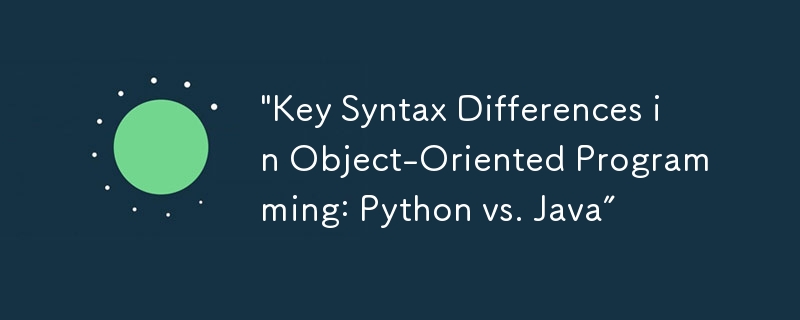
'Key Syntax Differences in Object-Oriented Programming: Python vs. Java”
Article Introduction:Object-oriented programming: Detailed explanation of classes and objects (Comparison of Python and Java)
This article will use Python and Java code examples to compare and explain the concepts of classes and objects, as well as the usage of constructors.
1. Classes and Objects
Python:
# Student class definition
class Student:
name = "Momo"
#Create object s1 of Student class
s1 = Student()
print(s1.name)
Java:
// Student class definition
class Student {
String na
2025-01-20
comment 0
904
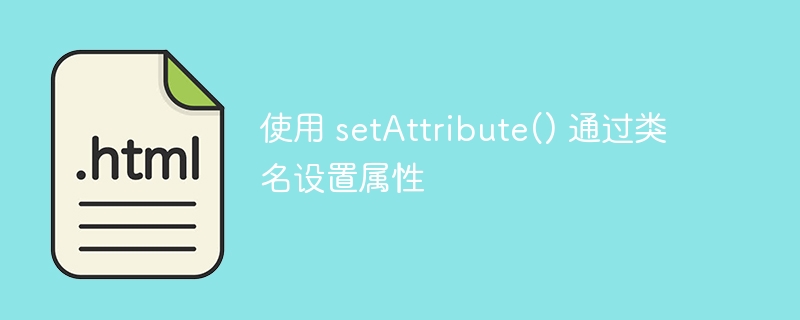
Set attributes by class name using setAttribute()
Article Introduction:This article describes how to set the properties of HTML elements by class name using the setAttribute() method in JavaScript. The focus is on understanding the usage of getElementsByClassName() and how to deal with the situation where multiple elements have the same class name, and provide code examples and precautions to help developers operate the DOM more efficiently.
2025-08-30
comment 0
534

A practical guide to managing class instances and calling their methods correctly in React Context
Article Introduction:This article explores common problems in managing and storing class instance arrays through the Context Provider in React applications and trying to call these instance methods. The focus is on explaining the feature that the Array.prototype.forEach method always returns undefined, and how to correctly traverse the array and get the return value of each instance method, avoid misunderstandings and errors, and provide examples of correct usage of map and forEach.
2025-08-28
comment 0
555

Understanding Bootstrap: Core Concepts and Features
Article Introduction:Bootstrap is an open source front-end framework, and its main function is to help developers quickly build responsive websites. 1) It provides predefined CSS classes and JavaScript plug-ins to facilitate the implementation of complex UI effects. 2) The working principle of Bootstrap relies on its CSS and JavaScript components to realize responsive design through media queries. 3) Examples of usage include basic usage, such as creating buttons, and advanced usage, such as custom styles. 4) Common errors include misspelling of class names and incorrectly introducing files. It is recommended to use browser developer tools to debug. 5) Performance optimization can be achieved through custom build tools, best practices include predefined using semantic HTML and Bootstrap
2025-04-11
comment 0
1198

PyADS notification mechanism and efficient data processing tutorial
Article Introduction:This tutorial discusses in detail how to use the notification mechanism of the PyADS library to efficiently and Pythonically process large amounts of real-time data from the PLC. The article introduces the method of managing internal state and accumulated data through class encapsulation callback functions, effectively avoiding the use of global variables. At the same time, the tutorial explains in-depth strategies to optimize data parsing performance, including using return_ctypes=True combined with NumPy for batch data conversion, and provides practical examples to monitor PLC state changes, aiming to help developers build robust and high-performance industrial data acquisition applications.
2025-08-11
comment 0
275

Python classes and methods: trading strategy simulation implementation
Article Introduction:This article aims to solve the method call problem caused by confusion between instance attributes and class attributes in Python classes. Through an example of trading strategy simulation, we explain in detail how to correctly define and use instance properties, and how to modify the value of instance properties in a method. This article will provide clear code examples and explain common error usage to help readers better understand key concepts in Python object-oriented programming.
2025-09-03
comment 0
255

How would you create a reusable component in Vue?
Article Introduction:The core of creating reusable components in Vue is to understand component structure, props usage, and logical encapsulation. 1. Clarify component responsibilities and input and output, such as defining props and update:modelValue events that receive label, placeholder, modelValue; 2. Extract styles and structures, and improve universality through class, style attributes or slots; 3. Use slots to support custom content, such as allowing label slots to pass in rich text; 4. Extract public logic into combination functions, such as encapsulating verification logic with useInputValidation to enhance component scalability and reusability.
2025-07-24
comment 0
418
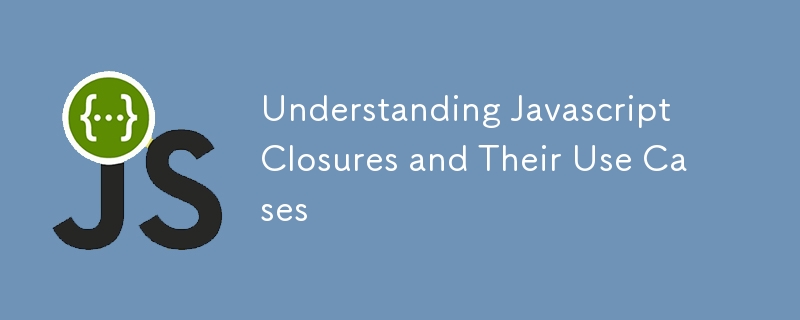
Understanding Javascript Closures and Their Use Cases
Article Introduction:Closure is a combination of a function and its lexical scope, allowing a function to access and remember its external variables. 1. Closure is composed of functions and their environment when defined, such as inner function remembers the count in outer; 2. It is often used for data encapsulation, such as createCounter to create private variables; 3. Used as a function factory, such as makeGreeting to generate greeting functions in different languages; 4. Keep the context in event callbacks, such as setTimeout to capture loop variables; 5. Pay attention to memory usage, performance impact, and avoid excessive use, and you can choose to use class or module instead.
2025-07-15
comment 0
878

Bootstrap: The Key to Responsive Web Design
Article Introduction:Bootstrap is an open source front-end framework developed by Twitter, providing rich CSS and JavaScript components, simplifying the construction of responsive websites. 1) Its grid system is based on a 12-column layout, and the display of elements under different screen sizes is controlled through class names. 2) The component library includes buttons, navigation bars, etc., which are easy to customize and use. 3) The working principle depends on CSS and JavaScript files, and you need to pay attention to handling dependencies and style conflicts. 4) The usage examples show basic and advanced usage, emphasizing the importance of custom functionality. 5) Common errors include grid system calculation errors and style coverage, which require debugging using developer tools. 6) Performance optimization recommendations only introduce necessary components and customize samples using preprocessors
2025-05-08
comment 0
501

How to document a python class
Article Introduction:To write a good Python document, the key is to have clear structure, prominent focus, and comply with tool analysis standards. First, docstring should be used instead of ordinary annotations to be recognized by Sphinx or help() tools; second, it is recommended to adopt standard formats such as Google style to improve readability and compatibility; then each class and method should contain function descriptions, parameters, return values ??and exception descriptions; in addition, it is recommended to add usage examples to help understand, and add precautions or warning messages to remind potential problems.
2025-07-04
comment 0
628

What is reflection in Java?
Article Introduction:Java reflection allows checking and manipulating components such as classes, methods, fields at runtime, and supports dynamic creation of instances, calling methods, and accessing fields, especially for frameworks such as Spring and Hibernate. Its core functions include: 1. Check the class structure; 2. Dynamically create instances; 3. Access private or protected members; 4. Call methods under unknown types. Practical applications include dependency injection, ORM mapping, testing tools and serialization libraries. Examples of usage include loading classes, creating instances, getting and calling methods. Notes include performance overhead, security restrictions, code obfuscation issues and loss of compile-time checks. Therefore, reflection should be used with caution and is suitable for building a common framework rather than everyday business logic.
2025-06-27
comment 0
186
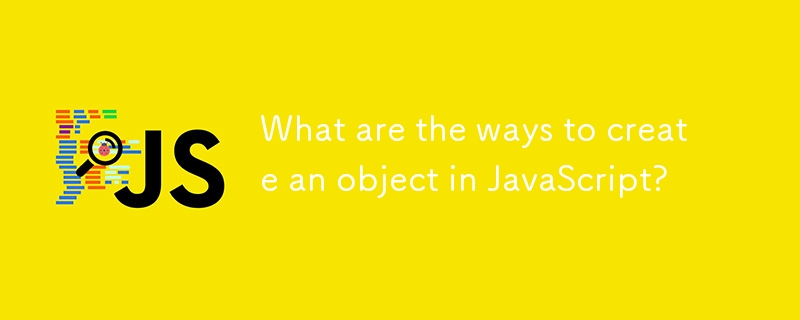
What are the ways to create an object in JavaScript?
Article Introduction:JavaScript provides a variety of ways to create objects, and should be selected according to the usage scenario: 1. The object literal is suitable for simple and one-time objects, with concise syntax but not suitable for batch creation; 2. The constructor is suitable for creating multiple instances with the same structure, but the internal methods will be generated repeatedly, and can be optimized through prototype; 3. The ES6 class is the syntax sugar of the constructor, with a clearer structure, suitable for modern object-oriented programming; 4. Object.create() can directly specify the prototype, suitable for scenarios where the prototype chain needs to be carefully controlled; 5. Factory functions create logical encapsulation by returning objects, supporting private data and avoiding the complexity of this and new; 6. newObject() is redundant and not recommended. To sum up
2025-08-24
comment 0
325
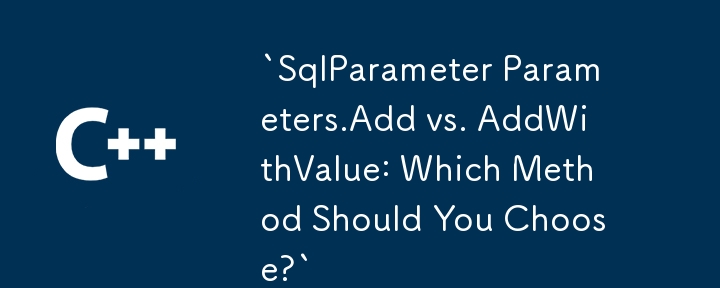

Dave The Diver: How To Catch Spider Crabs
Article Introduction:In Dave The Diver, there are some creatures that are not easy to catch. Or, catch alive that is. The spider crab is one of those very species, making it seem like the only way to bring these crustaceans back up to land is to viciously crack them up w
2025-01-10
comment 0
928
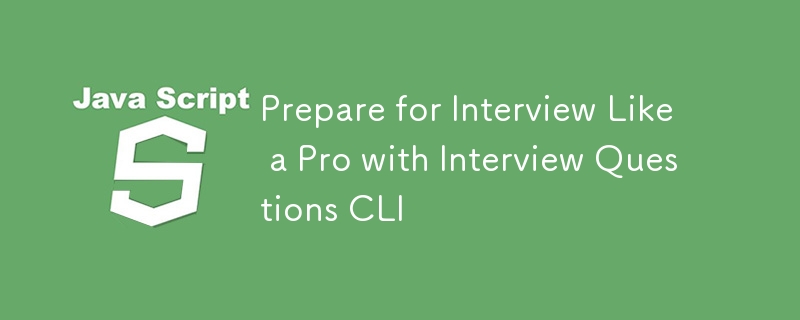
Prepare for Interview Like a Pro with Interview Questions CLI
Article Introduction:Prepare for Interview Like a Pro with Interview Questions CLI
What is the Interview Questions CLI?
The Interview Questions CLI is a command-line tool designed for JavaScript learners and developers who want to enhance their interview
2025-01-10
comment 0
1547

Soft Deletes in Databases: To Use or Not to Use?
Article Introduction:Soft Deletes: A Question of DesignThe topic of soft deletes, a mechanism that "flags" records as deleted instead of physically removing them, has...
2025-01-10
comment 0
1122



















